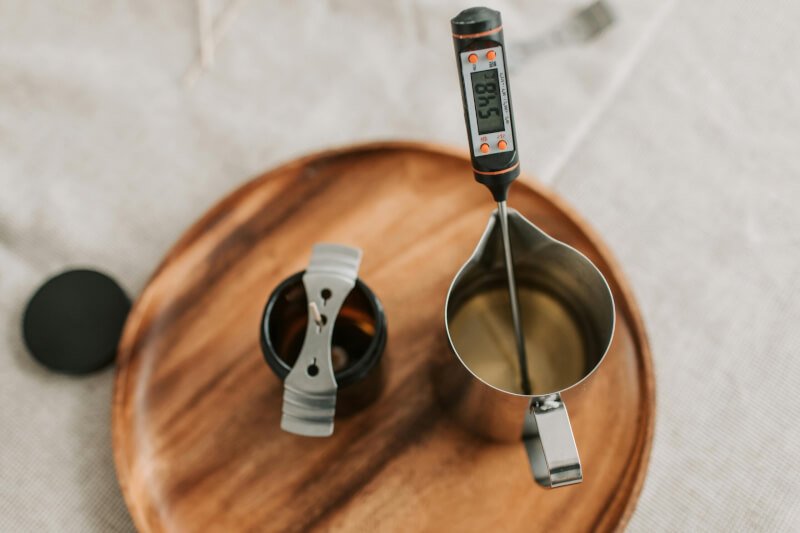Let’s take a journey into the fascinating world of tea brewing, where the proper measurement of tea leaves plays a crucial role in achieving the perfect cup. Delving into the science behind this seemingly simple task, we discover the secret behind unlocking the full flavors and aromas hidden within tea leaves. By understanding the importance of precise tea leaf measurement, you’ll be equipped with the knowledge to elevate your tea brewing experience to new heights. So, grab your favorite mug and get ready to embark on an enlightening exploration into the art and science of tea brewing.
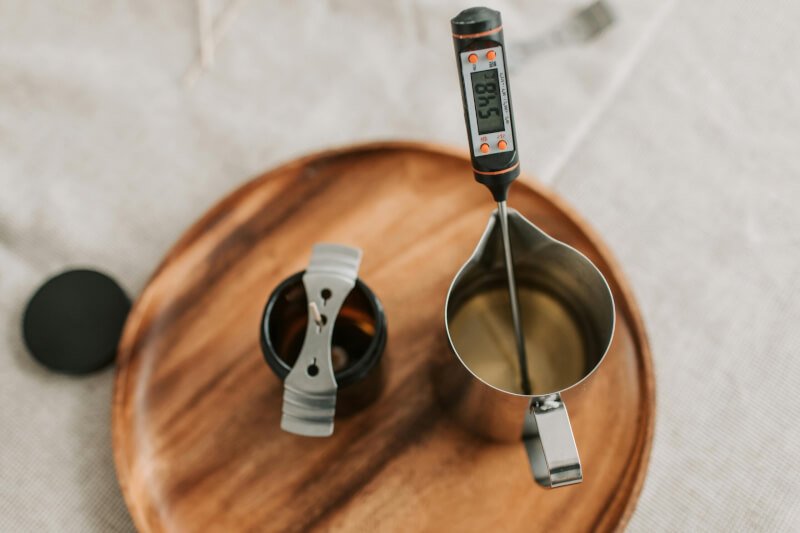
Key Factors in Proper Tea Leaf Measurement
The Importance of Measuring Tea Leaves
When it comes to brewing a perfect cup of tea, the proper measurement of tea leaves plays a crucial role. Measuring your tea leaves accurately ensures that you achieve the desired flavor and strength in your brew. Whether you’re a seasoned tea connoisseur or a beginner, understanding the key factors in proper tea leaf measurement is essential for a consistently satisfying cup of tea.
Understanding Optimal Tea Leaf to Water Ratios
The ratio of tea leaves to water is a critical factor in achieving the ideal flavor, aroma, and strength in your tea. Different types of tea require specific ratios to bring out their unique characteristics. By understanding the optimal tea leaf to water ratios, you can unlock the full potential of each tea variety and enjoy a truly delightful tea-drinking experience.
Measuring Tools for Brewing Tea
Measuring Spoons
One of the simplest tools for measuring tea leaves is a set of measuring spoons. These spoons come in different sizes, typically ranging from a quarter teaspoon to a tablespoon. Measuring spoons provide a convenient and easy way to measure tea leaves, especially for beginners. They are particularly useful when following recipes or specific brewing instructions that require precise measurements.
Digital Scales
For tea enthusiasts who strive for absolute precision in their tea brewing, digital scales are an invaluable tool. Digital scales allow you to measure tea leaves by weight, providing accurate measurements in grams or ounces. By using a digital scale, you can ensure consistency in your tea brewing process and replicate your favorite cup of tea every time.
Volume Measurement Tools
Volume measurement tools, such as measuring cups or glass beakers, are commonly used in brewing tea. They provide an alternative method for measuring tea leaves when weight measurements are not available or preferred. While volume measurements may not offer the same level of precision as weight measurements, they are still an effective way to achieve consistent results in your tea brewing.
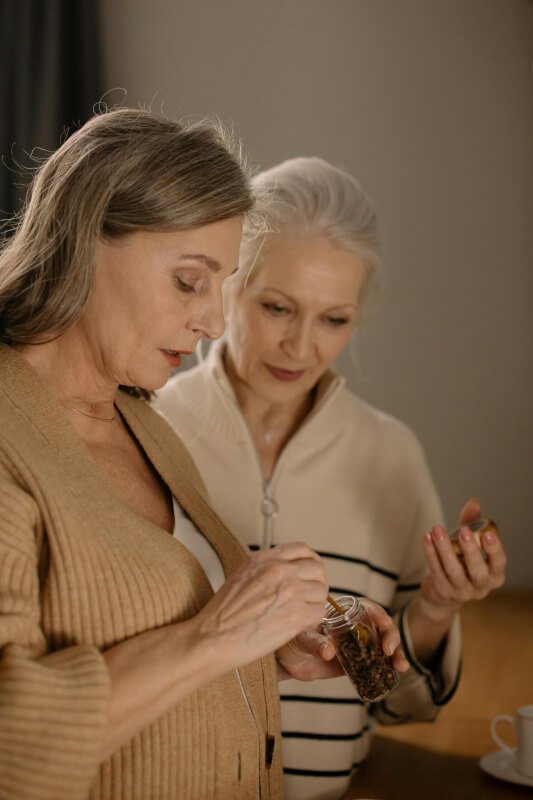
Measuring Techniques for Different Tea Types
Green Tea
Green tea is known for its delicate and nuanced flavors. To extract the best flavors from green tea, it is recommended to use a slightly lower amount of tea leaves compared to other types of tea. A general guideline for properly measuring green tea is to use around 2 grams of tea leaves per 8 ounces (236 mL) of water. Adjusting the measurement based on personal preference is always encouraged.
Black Tea
Black tea is typically bolder and more robust in flavor compared to other types of tea. To achieve the desired strength and flavor in your black tea, it is recommended to use about 2-3 grams of tea leaves per 8 ounces (236 mL) of water. However, this measurement can be adjusted according to personal taste preferences.
Oolong Tea
Oolong tea falls between the delicate nature of green tea and the robustness of black tea. Measuring oolong tea leaves requires a balance between the two. Using approximately 3 grams of tea leaves per 8 ounces (236 mL) of water is a good starting point. However, feel free to experiment and adjust the measurement based on the specific oolong tea variety and desired flavor intensity.
White Tea
White tea is known for its subtle and delicate flavors. Measuring white tea leaves requires a gentle touch to preserve its unique characteristics. As a general guideline, using around 2 grams of tea leaves per 8 ounces (236 mL) of water is recommended. However, keep in mind that personal taste preferences may vary, and adjusting the measurement accordingly can help you find your perfect cup of white tea.
Herbal Tea
Herbal teas encompass a wide variety of plant-based infusions, each with its own distinct flavor profile. With herbal teas, there are no strict rules for measuring tea leaves, as they often have different ingredients and brewing requirements. As a starting point, using 1-2 teaspoons of herbal tea per 8 ounces (236 mL) of water is a good guideline. However, feel free to experiment and adjust the measurement based on the specific herbal blend and desired strength.
Understanding the Ideal Tea Leaf Measurement for Brewing
Determining the Right Tea Leaf Measurement
Determining the right tea leaf measurement depends on several factors, including personal taste preferences, tea type, and brewing method. While general guidelines provide a good starting point, it is important to find the measurement that suits your taste. Experimentation is key to discovering the ideal tea leaf measurement for brewing your perfect cup of tea.
Factors Affecting Tea Leaf Measurement
Several factors can influence the ideal tea leaf measurement, including the quality and freshness of the tea leaves, the desired flavor intensity, and the brewing method employed. Higher-quality tea leaves often require fewer leaves for a fuller flavor, while older or lower-quality leaves may need a slightly higher measurement to achieve the desired taste.
Effects of Over or Under-Measuring Tea Leaves
Over-measuring tea leaves can result in an overpowering, bitter brew, overwhelming the delicate flavors of the tea. On the other hand, under-measuring tea leaves can lead to a weak, watery cup, lacking the desired taste and aroma. Achieving the right balance in tea leaf measurement is crucial to achieving a harmonious blend of flavors and a satisfying cup of tea.
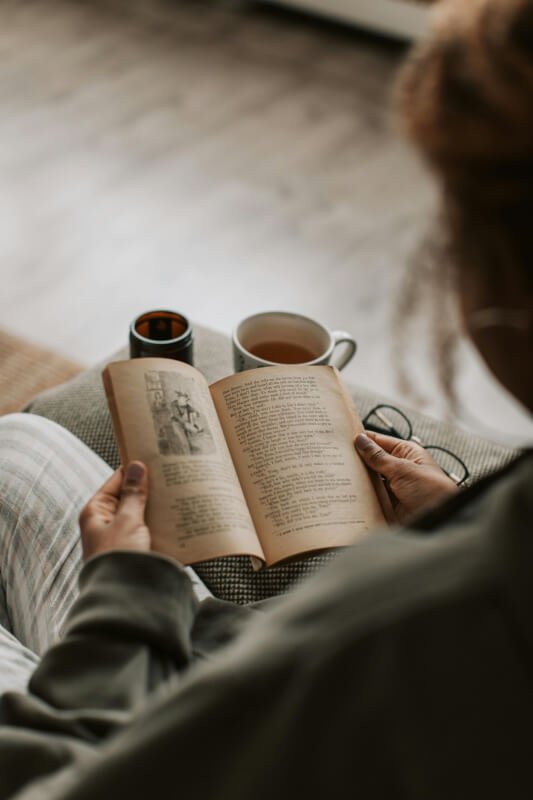
The Science Behind Optimal Tea Leaf to Water Ratios
The Role of Water in Tea Brewing
Water is a critical component in tea brewing, and its quality and temperature can greatly impact the final outcome of your tea. When combined with tea leaves, water extracts the flavors, aroma, and compounds from the leaves, creating the desired infusion. The ratio of water to tea leaves determines the strength, intensity, and balance of flavors in your cup of tea.
Exploring Different Water to Tea Leaf Ratios
Different tea varieties require different water to tea leaf ratios to achieve the optimal flavor profile. Experimenting with various ratios can help you discover your personal preference and unlock the full potential of each tea type. While general guidelines provide a starting point, feel free to adjust the ratios according to your taste preferences and brewing techniques.
Understanding Extraction and Solubility
The extraction process in tea brewing involves the dissolution of various compounds from the tea leaves into the water. Different compounds have different levels of solubility, affecting the overall taste and characteristics of the brewed tea. Finding the right balance between extraction and solubility is essential in achieving a well-rounded and balanced cup of tea.
Measuring Tea Leaves for Different Brewing Methods
Western Style Brewing
In Western-style brewing, where tea is steeped in a teapot or infuser, the tea leaf measurement can vary depending on the desired strength. Generally, using 1-2 teaspoons of tea leaves per 8 ounces (236 mL) of water is a good starting point. Adjust the measurement to your taste preference and steeping time to achieve the perfect cup of tea.
Gongfu Cha Brewing
Gongfu Cha brewing is a traditional Chinese tea brewing method that emphasizes multiple short infusions with a high tea leaf to water ratio. The measurement typically ranges from 5-7 grams of tea leaves for a small teapot or gaiwan (a Chinese lidded bowl), using a smaller volume of water. The exact measurement and steeping times may vary depending on the tea variety and personal taste.
Kyusu Brewing
Kyusu brewing is a Japanese method that involves using a kyusu teapot, typically made of clay or ceramic. The recommended tea leaf measurement for kyusu brewing is around 7-9 grams of tea leaves per 8 ounces (236 mL) of water. The brewing time and temperature may vary depending on the specific tea variety and desired flavor profile.
Tea Bags
When using pre-packaged tea bags, the tea leaf measurement is typically pre-determined by the manufacturer. However, if you prefer stronger or milder tea, you can adjust the brewing time to compensate. Keep in mind that smaller tea particles in tea bags may release their flavors more quickly, potentially resulting in a stronger cup of tea.
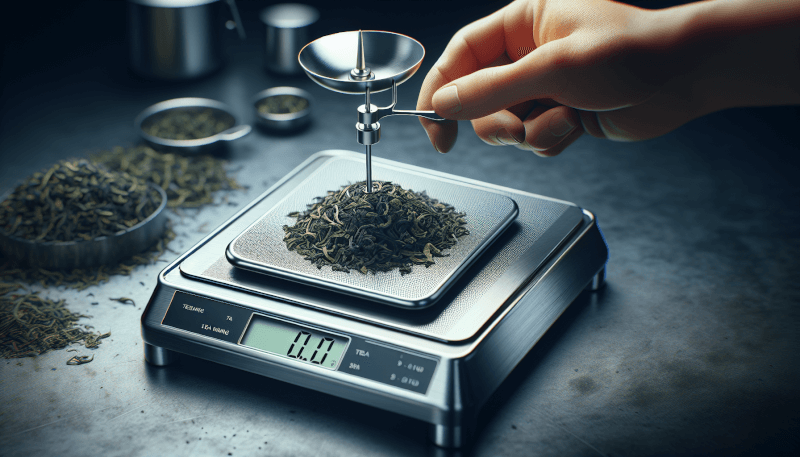
Factors to Consider when Measuring Tea Leaves
Leaf Size and Shape
The size and shape of tea leaves can impact their density, which in turn affects the volume and weight of tea needed for brewing. Smaller, compressed tea leaves may require more measurement to achieve the desired flavor intensity, while larger, open leaves may require less. Considering the leaf size and shape can assist in accurately measuring tea leaves for brewing.
Tea Leaf Density
The density of tea leaves refers to the weight of the leaves per unit volume. Denser tea leaves will require less measurement compared to less dense leaves. Understanding the density of your tea leaves can help you determine the appropriate amount needed for brewing a perfect cup of tea.
Tea Leaf Quality and Freshness
The quality and freshness of tea leaves can greatly influence the flavor and overall brewing experience. Higher-quality tea leaves often require less measurement to achieve a full-bodied and flavorful cup of tea. Freshness is also important, as stale or old leaves may require a higher measurement to compensate for the loss of flavor and aroma.
Flavor Preferences
Ultimately, your personal taste preferences play a significant role in determining the tea leaf measurement. Some individuals may prefer a stronger, more robust flavor, while others may enjoy a milder, delicate brew. Adjusting the tea leaf measurement according to your specific taste preferences ensures that you can enjoy your cup of tea exactly the way you like it.
Using Tea Leaf Measurement for Consistency
Replicating Flavor Profiles
By accurately measuring tea leaves, you can replicate the same flavor profile in each cup of tea consistently. Whether you have a favorite tea that you want to enjoy repeatedly or you’re conducting a tea tasting session, maintaining consistency in tea leaf measurement helps ensure that each cup captures the essence of the tea and meets your expectations.
Achieving Consistency in Multiple Brews
Some tea varieties, especially those suitable for multiple infusions, allow us to brew multiple cups from the same batch of tea leaves. Accurate tea leaf measurement enables you to achieve consistent results in each brew. By measuring the appropriate amount of tea leaves, you can extract the ideal flavors and aromas in each subsequent infusion, ensuring a satisfying and seamless tea-drinking experience.
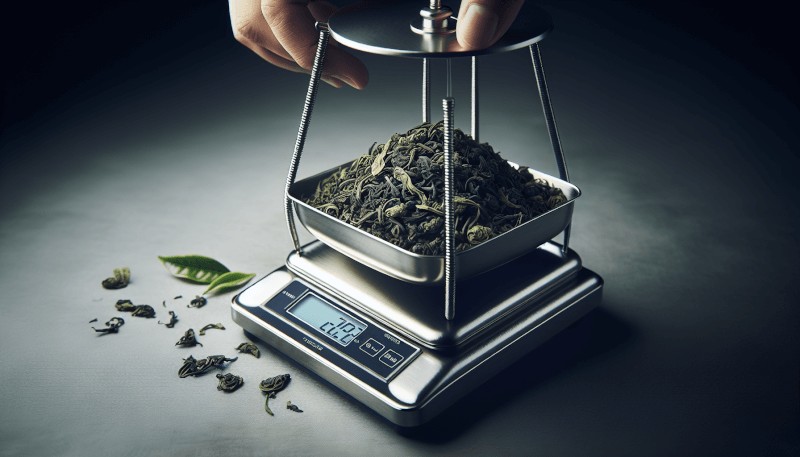
The Art of Tea Leaf Measurement for Brewing
Experimenting with Tea Leaf Measurement
Tea brewing is both a science and an art. While guidelines and recommendations provide a starting point, personal experimentation is essential to discover your unique brewing style and preferences. Adjusting the tea leaf measurement slightly can result in subtle differences in flavor, allowing you to fine-tune your perfect cup of tea.
Developing Personal Preference
With each cup of tea you brew, you have the opportunity to explore and develop your personal preference in tea leaf measurement. Pay attention to the subtle nuances and variations in flavor as you adjust the measurement. Over time, you will develop a deeper understanding of your taste preferences and discover the tea leaf measurement that creates your ideal cup of tea.
Conclusion
Proper tea leaf measurement is crucial in brewing a delightful cup of tea. Understanding the key factors and techniques for measuring tea leaves ensures that you can unlock the full potential of each tea variety and create a consistently satisfying brew. By considering factors such as tea type, brewing method, and personal taste preferences, you can hone your tea brewing skills and enjoy the perfect cup of tea, tailored to your individual palate. So, grab your measuring tools, experiment with different measurements, and embark on the journey of brewing exquisite tea. Cheers!

